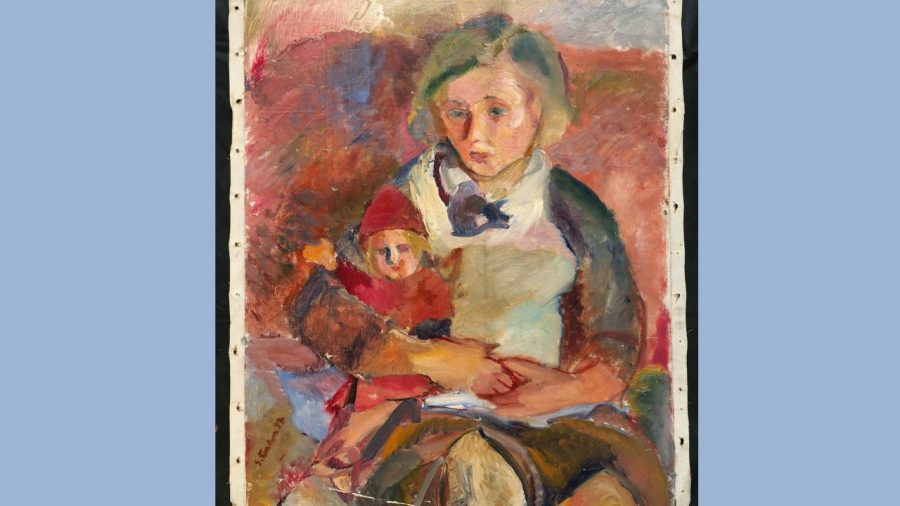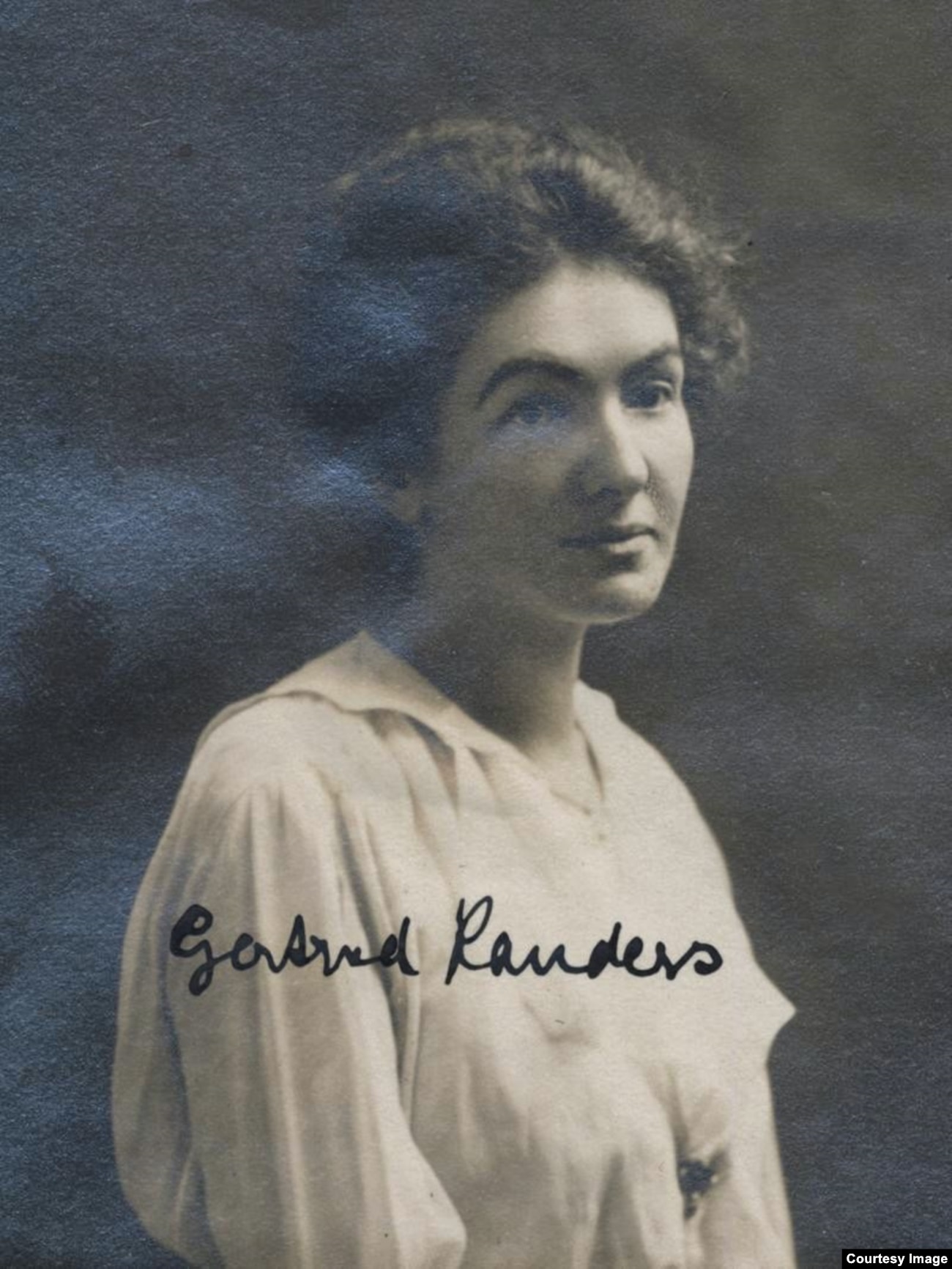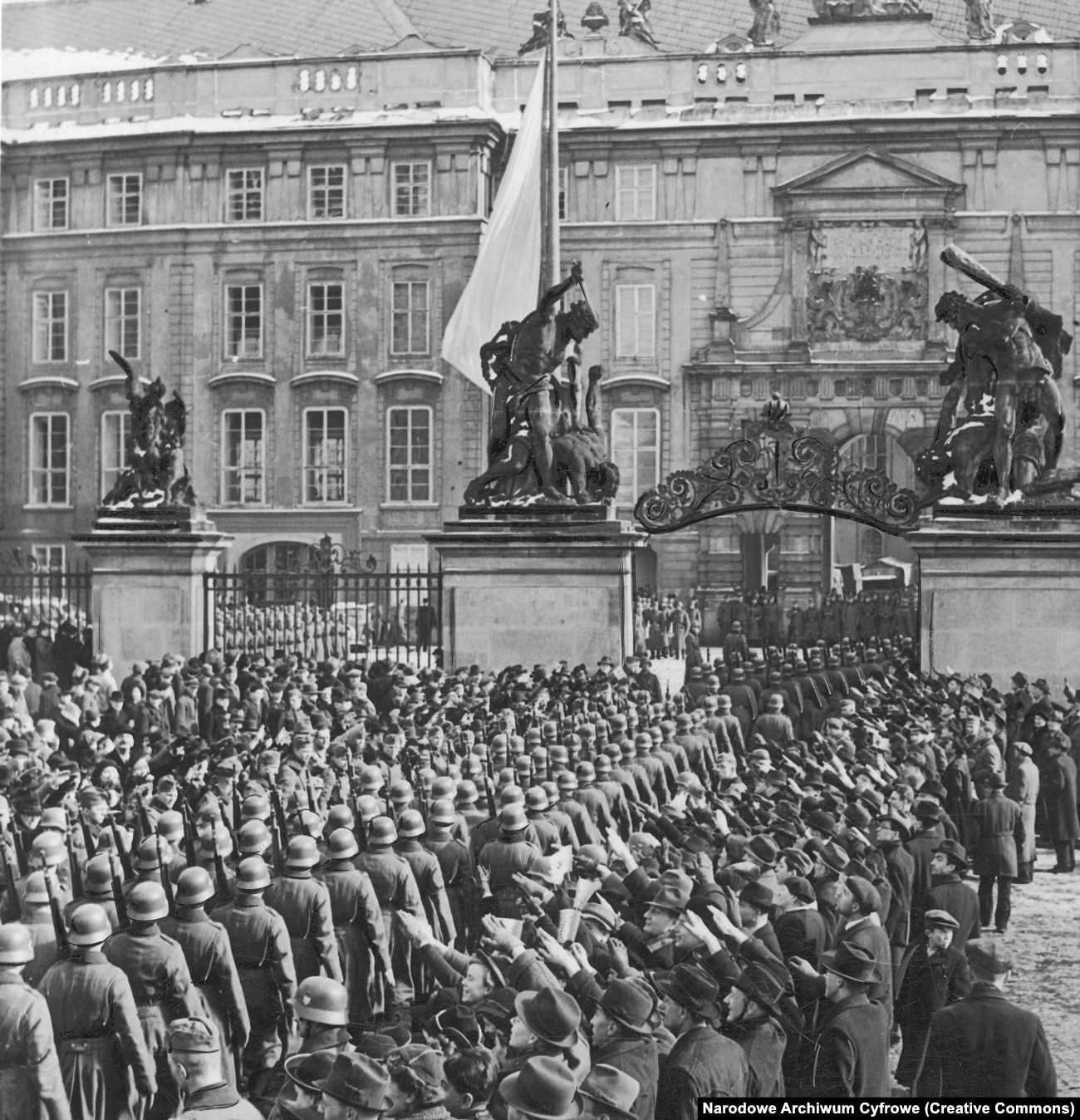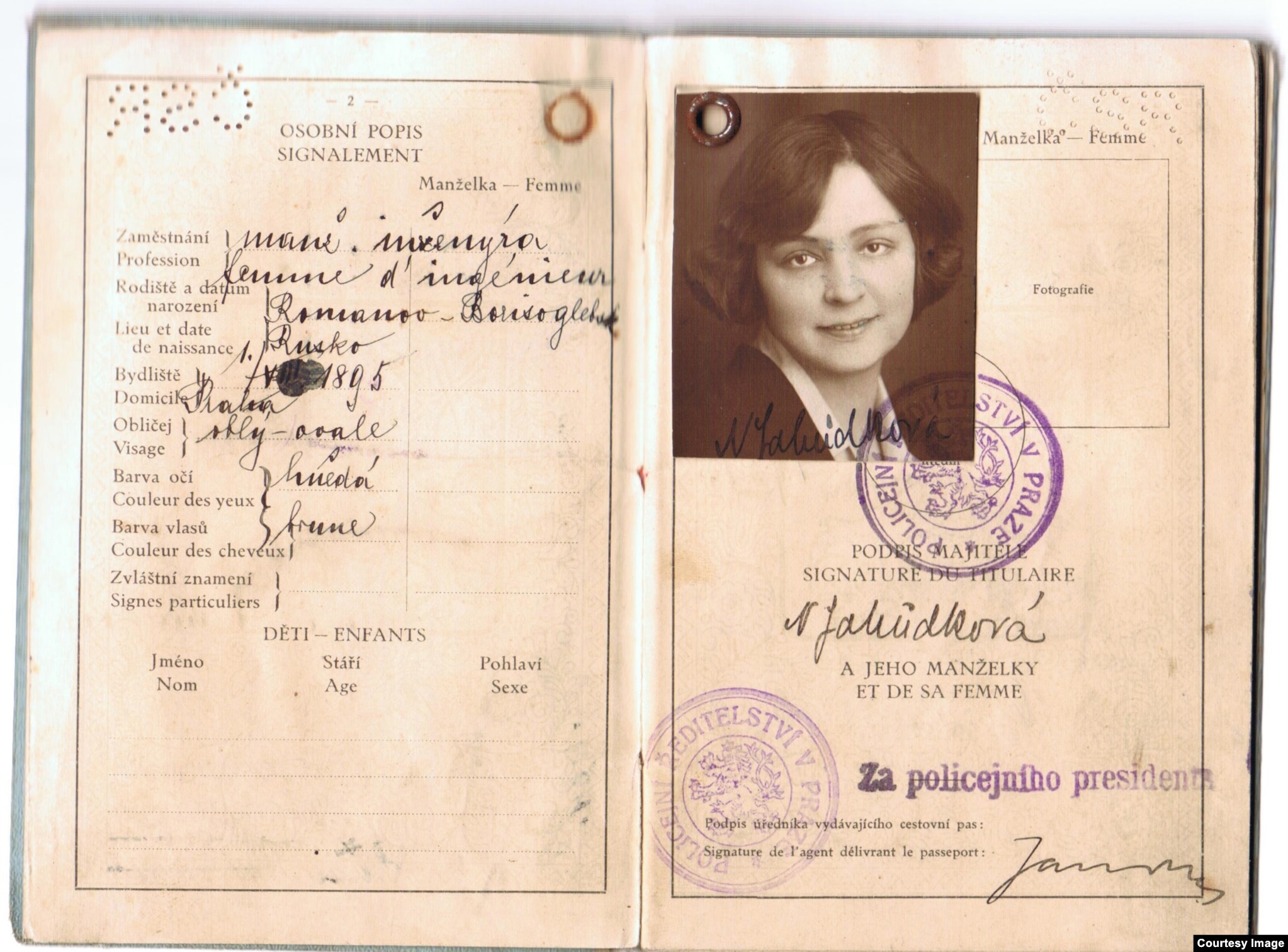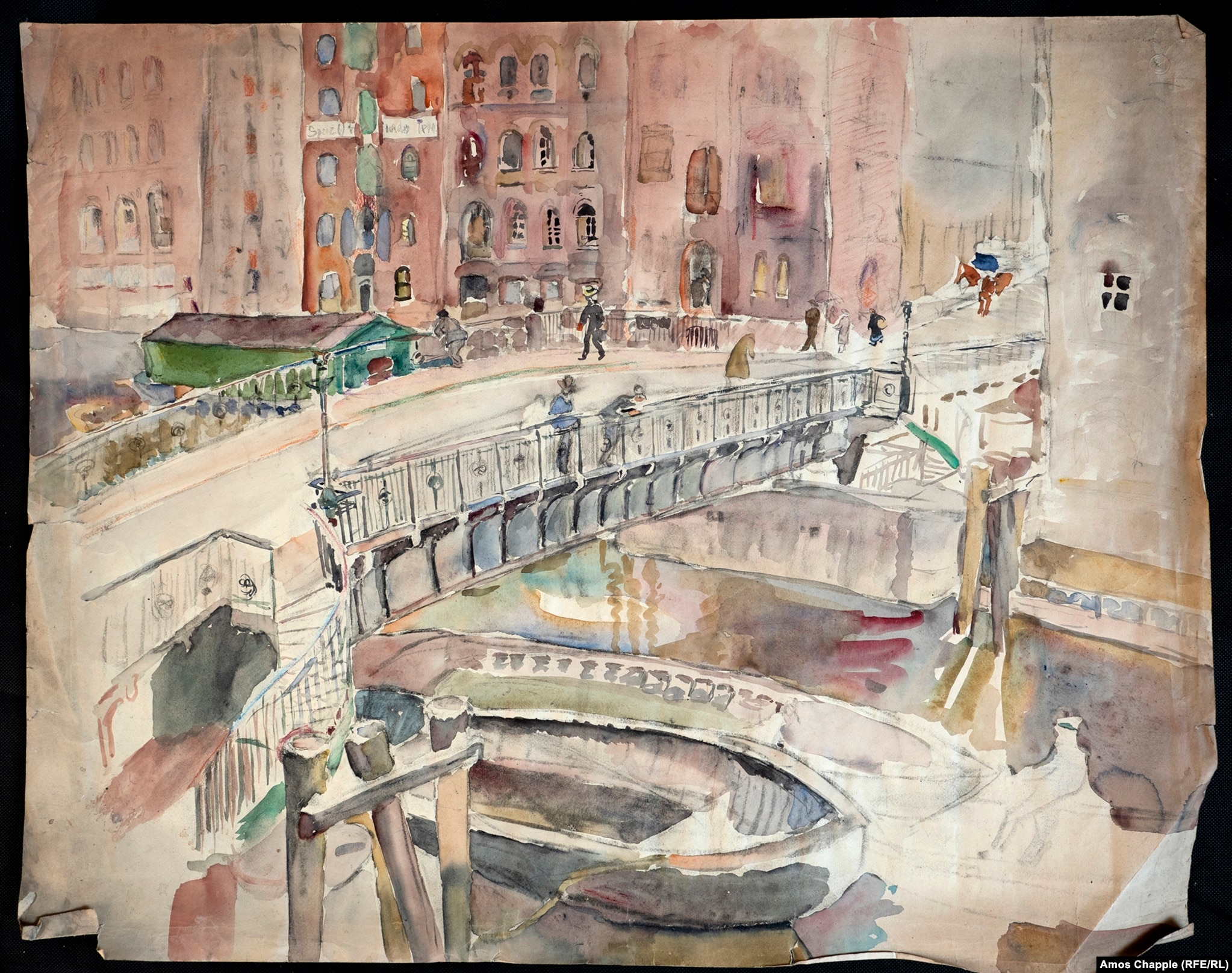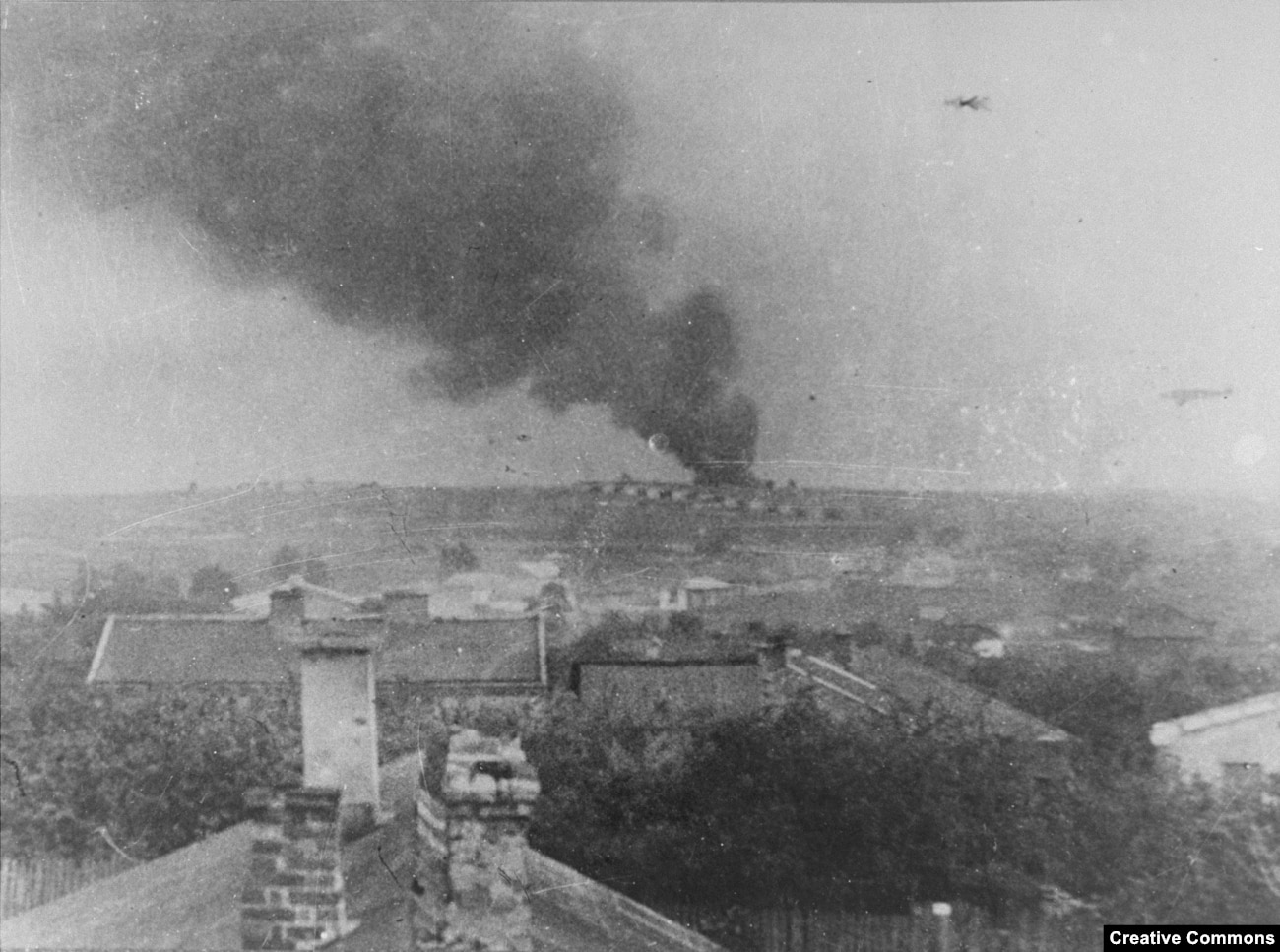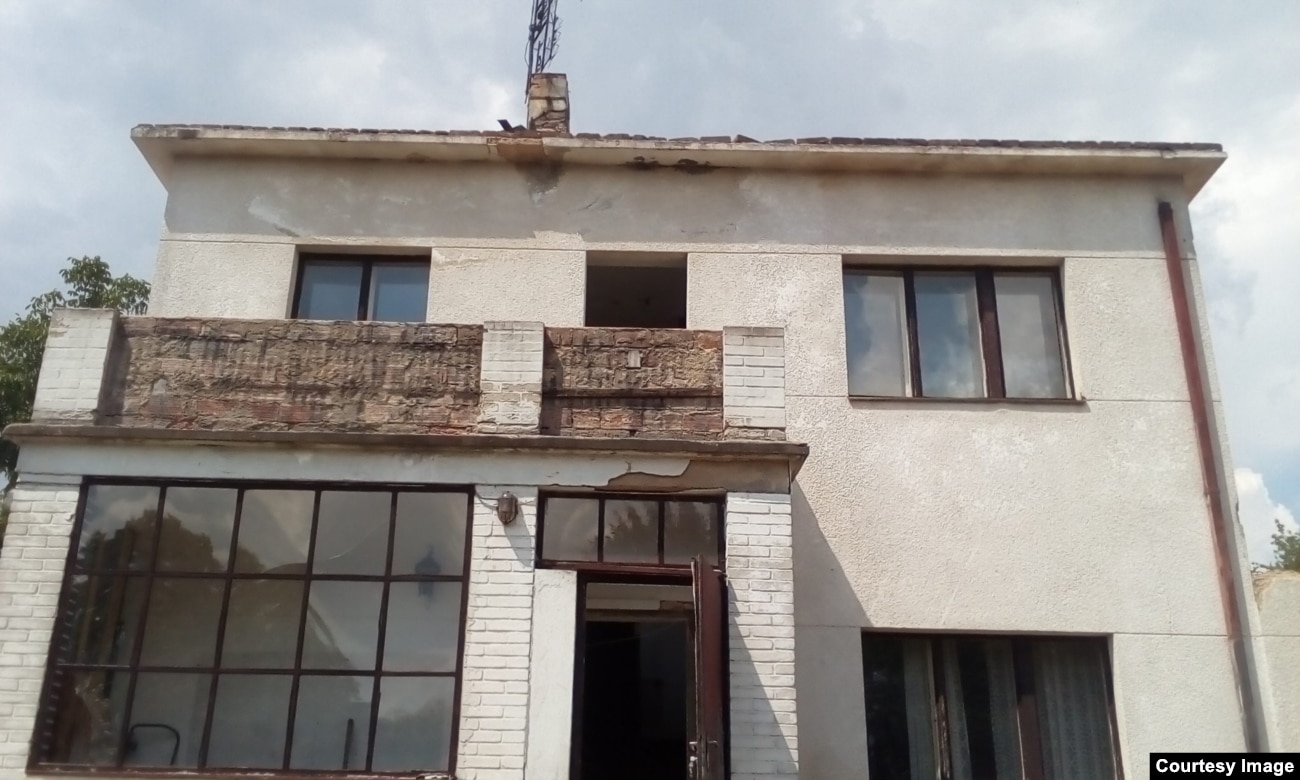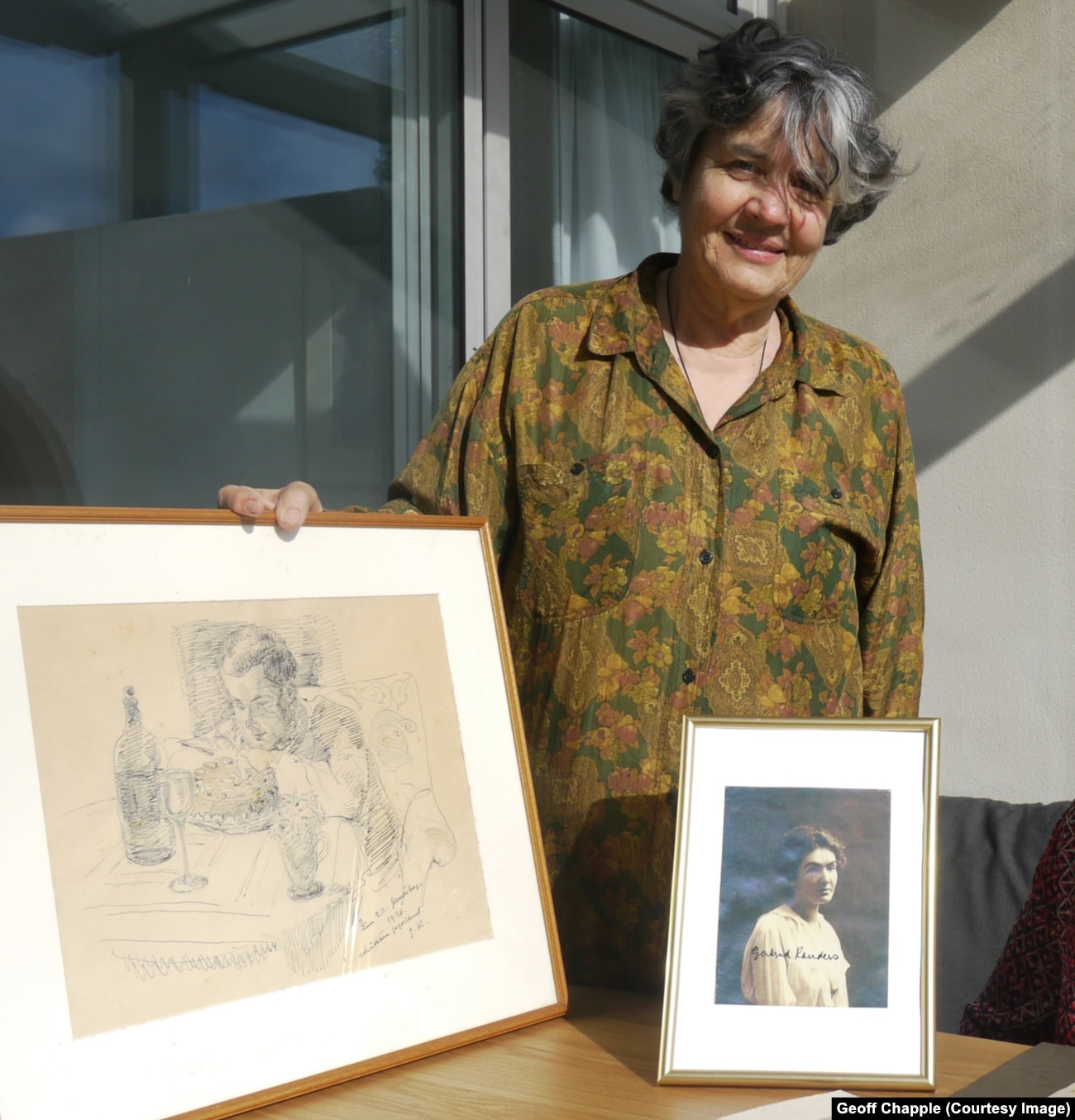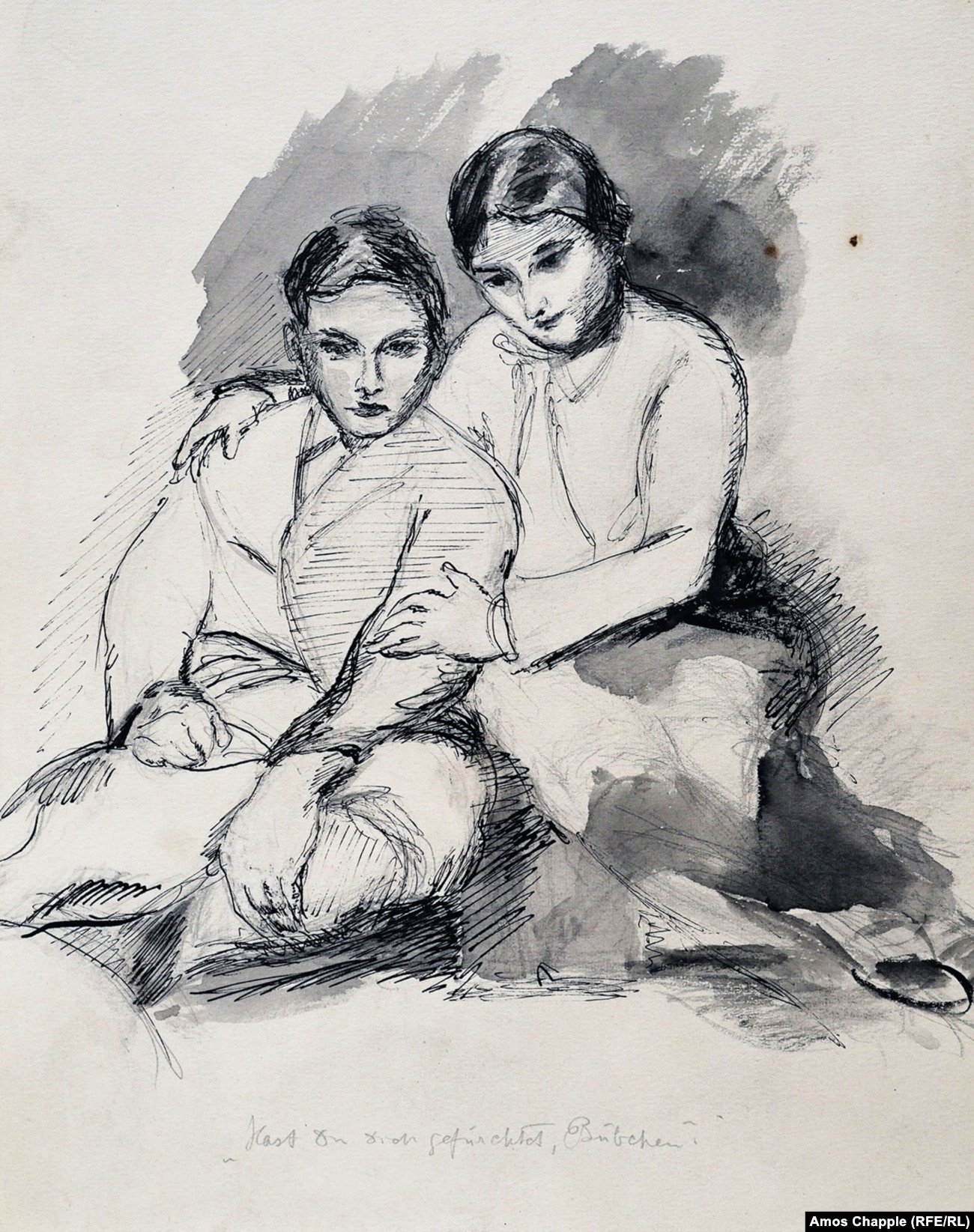Hidden from the Nazis, murdered Jewish artist’s trove of paintings discovered in Prague house
Published September 6, 2022
Fearful that the occupying Nazi forces in Prague could confiscate a lifetime’s worth of artwork, Jewish painter Gertrud Kauders decided in 1939 to hide her vast array of paintings and drawings.
Nearly 80 years later, in the summer of 2018, Michal Ulvr was leading a demolition team tearing down a decrepit house south of Prague when “about 30 paintings tumbled out and fell onto my head,” he told RFE/RL.
As the day wore on, the crew turned up more stashes of strikingly beautiful artwork as they dismantled the house — some were under floorboards, others behind walls. By the end of the day some 700 paintings and sketches lay out in the open on the worksite as summer rain clouds gathered over Prague.
IN PHOTOS: The Art Of Gertrud Kauders (25 Images)
When Jakub Sedlacek, the owner of the house, was alerted to the strange discovery, he realized immediately what had been uncovered. Sedlacek had been raised on stories of exquisite art hidden inside the family home he recently inherited. A close inspection of the canvases confirmed the family legend was real — many of the paintings were signed “Gertrud Kauders.”
Kauders was born in 1883 in Prague, one of two children in a well-to-do Jewish home. After the Nazis rose to power in neighboring Germany and began a step-by-step takeover of Czechoslovakia, most of Kauders’ family fled the country and urged her to do the same. But Kauders, whose first language was German, refused to believe the Nazis would hurt someone as harmless as her and she chose to stay.
But as the full horror of the German plans for Europe’s Jews was slowly laid bare, Kauders turned to a close friend, Natalie Jahudkova, for the favor of a lifetime.
Jahudkova was an elegant Russian woman born in 1895 in a small town north of Moscow. She had emigrated to Czechoslovakia in 1920 after catching the eye of one of the Czechoslovak Legionnaires — volunteer soldiers fighting for their homeland during World War I. The legion famously battled their way across Siberia after being caught up in Russia’s civil war.
Jahudkova was one of about 1,000 Russian women who married one of the dashing European fighters and sailed with them from Vladivostok for the newly-founded Czechoslovakia, a country their husbands had helped fight into existence.
Kauders and Jahudkova met while students at Prague’s Academy of Fine Arts. The two became close while taking weeks-long trips with their professor, noted artist Otakar Nejedly, to paint the landscapes and cities of France and Italy.
By 1939, those carefree days of summer painting trips abroad with their famous professor were a distant memory as Nazi bureaucrats and their jackbooted enforcers were busy making life impossible for Czechoslovak Jews. With time running out, Kauders untacked her canvasses from their frames and smuggled her entire life’s work to Jahudkova’s house in the southern Prague suburb of Zbraslav.
At enormous risk to herself, Jahudkova — probably helped by Kauders — hid some 700 artworks throughout the structure of her house. Jahudkova’s new home was still under construction, making the hammering and labor of the two friends’ secret project relatively inconspicuous.
VIDEO: Exclusive: Murdered Artist’s Work Returned To Family, 80 Years After The Holocaust
Soon after the artwork was safely embedded in the Zbraslav house, Kauders was snagged in the nightmarish machinery of the Nazi state. After being identified as Jewish, records show she was arrested and transported to the Theresienstadt concentration camp in May 1942. Kauders was held briefly among the starving and sickly prisoners in the camp north of Prague, then transported some 600 kilometers east to Majdanek, an extermination camp in Lublin, Poland.
Sometime after May 17, 1942, Kauders was killed in the camp and her body burned in ovens built for the industrial-scale murders that would come to be known as the Holocaust.
Although a handful of Czech news outlets wrote about the accidental discovery of the artwork in 2018, it was reported at the time that just 30 paintings and sketches were found. Ulvr believes a Czech journalist may have misunderstood his description of the event and assumed the 30 paintings that fell onto his head during the demolition were the entire find.
Photos released to Czech media at the time showed only a handful of sketches and watercolors that are among the least compelling of Kauders’ work.
How The Scale Of The Discovery Was Uncovered:
Both Kauders and Jahudkova were childless, but Kauders’ brother had a son, Cornelius, who fled Czechoslovakia for New Zealand in 1939. He had five children, including Miriam Kauders.
Miriam Kauders learned about the 2018 discovery and made repeated inquiries from her home in New Zealand into the whereabouts of what she thought were 30 paintings and sketches by her great aunt.
Though early reports of the find indicated the paintings would be donated to the Jewish Museum in Prague, Miriam Kauders learned the museum had not received the art.
After RFE/RL inquired on Miriam Kauders’ behalf, Sedlacek eventually met with its journalists at his home in a quiet Prague suburb.
Then, on September 25, Sedlacek allowed Kauders’ entire collection of some 700 paintings and sketches, laid out like giant packs of playing cards in a Prague storeroom, to be photographed by RFE/RL.
Sedlacek said that before knowing Gertrud Kauders had living descendants he was thinking about monetizing what he knew was a historic art discovery – perhaps through exhibitions.
But after RFE/RL showed documentation proving Gertrud Kauders had living heirs, he said he “wouldn’t be able to live with [himself]” knowing that there were descendants of Gertrud Kauders unhappy with what he was doing with the art.
Sedlacek said he is ready to donate the art to a Czech museum if Gertrud Kauders’ descendants give him the power of attorney to do so. Miriam Kauders has also said she would be willing to bestow the art but reserved the right for her and her siblings to keep some portraits of her long-deceased relatives — including their father — for their own walls.
Miriam Kauders said her father was known as a humorous boy who was nicknamed “clown” in his school years. But she said his personality darkened after the war and he “never recovered” from the Holocaust, largely because of what the Nazis did to his beloved aunt. He remembered Gertrude Kauders as a kind, gentle woman with an unusually quiet life and “no interest in men.”
When photos of Gertrude Kauders’ artwork was shown to Michaela Sidenburg, the chief curator of Prague’s Jewish Museum, she called the discovery “unique in the context of the history of art within the Czech lands” due to the number of paintings and the fact it seems to represent nearly the entire life’s work of a significant artist who largely kept her art to herself.
Sidenberg applauded Sedlacek’s decision to go public with the entire discovery.
“I can imagine all kinds of horrible scenarios where the art was destroyed, or sold in secret, so Mr. Sedlacek absolutely deserves credit for coming forward with this,” she said.
With reporting by Geoff Chapple



